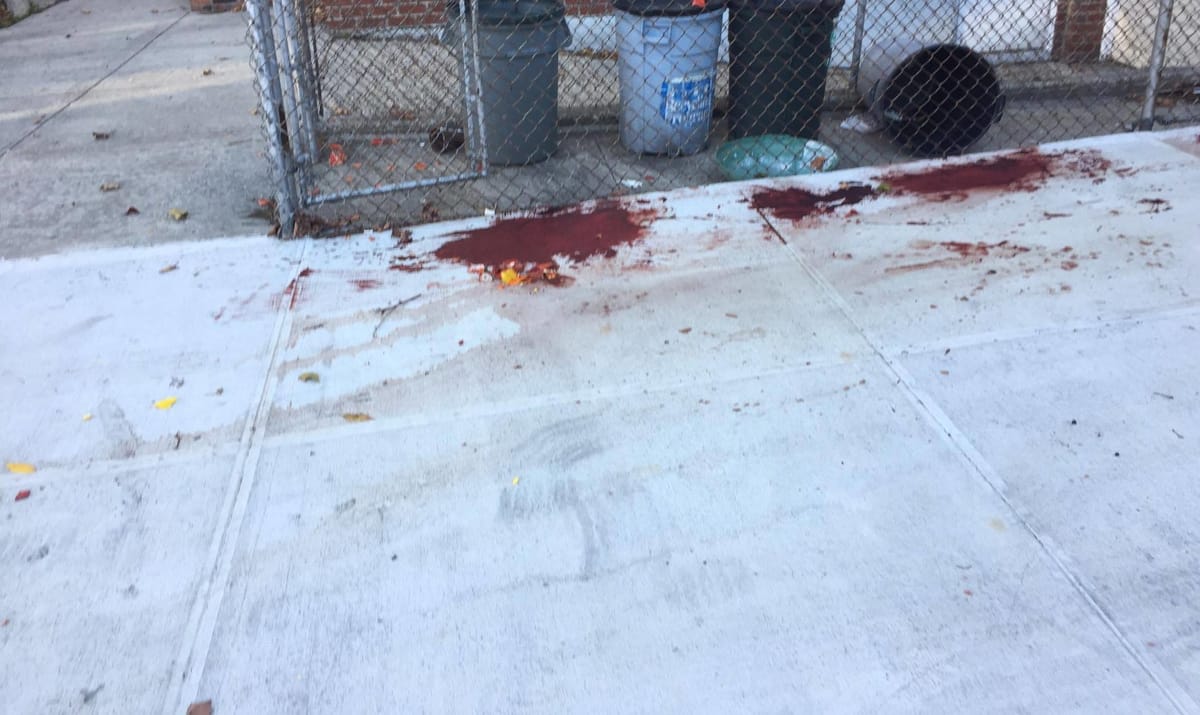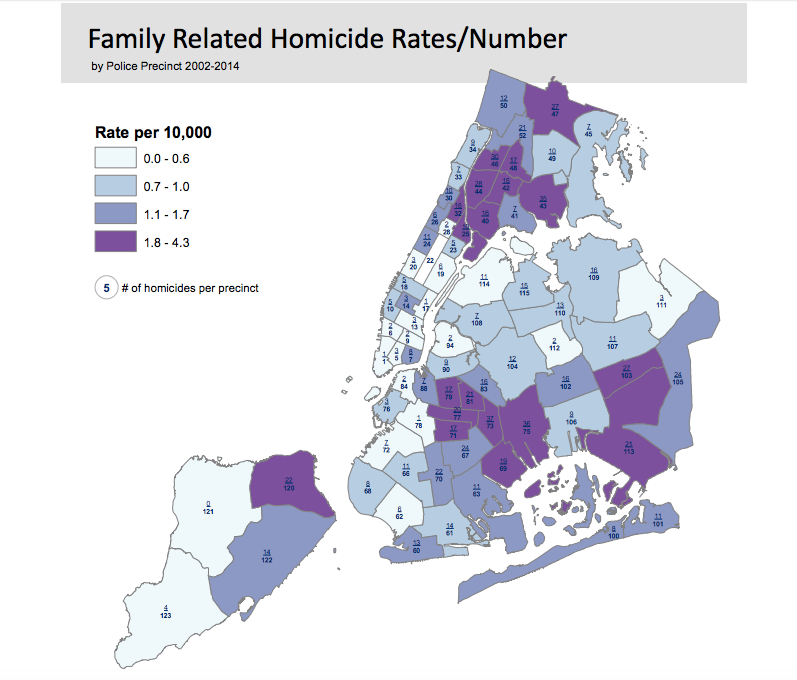Despite Widespread Belief Of Helplessness, There Are Resources For Victims Of Domestic Violence


Last week a reader reached out to us with an incredibly sad story of domestic violence involving their neighbor. The photos that came along with the narrative showed a carnage for which this reporter cannot go into detail because the victim did not press charges.
This is an issue not only for the media who cannot fully report cases of domestic abuse without putting the victim at risk but also for the police who, without charges, cannot properly bring the abusers to justice and the victims to safety.
Our borough of Brooklyn, which holds roughly 30 percent of the city’s population, accounts for 36 percent of the city’s family-related homicides, the highest rate in the city, according to a report by the New York City’s Domestic Violence Fatality Review Committee.
In 2013, the 61st Precinct, which covers Sheepshead Bay, Manhattan Beach, and Brighton Beach, saw an increase in crime overall. Captain John M. Chell credited the rise in crime to domestic violence. At the time, Chell said that domestic violence crimes are hard to prevent, but established a team of officers to deal with the problem.
No one from the 61st Precinct, or any precinct for that matter, would provide comment for this article.
According to the city’s report, the 61st Precinct had 14 family-related homicides in 2014. The 60th Precinct had 13, and the 63rd had 11.
Within the past month, there were two domestic violence deaths in the 70th precinct, which had 22 family-related homicides in 2014. Most recently, a man strangled his girlfriend to death in the backroom of a cell phone shop. A week prior to that, a man brutally stabbed his girlfriend to death in their apartment on East 17th Street.

Family-related homicides disproportionately impact groups like African Americans, women, and children under the age of one, according to the city’s report. Women accounted for 66 percent of victims in incidents that occurred between 2002 and 2014. Women are 44 percent more likely to be killed by a family member than any other group of people, according to the report.
Nearly half of the victims within the 12-year period were African Americans, who are three times more likely to be a victim in a family-related homicide than any other racial group, according to the report.
Children under the age of one make up 1.3 percent of the city’s population yet they also make up nine percent of victims in family-related homicides, making them seven times more likely to be killed by a family member than any other age group.
“When you look at the fatalities from domestic homicide involving an intimate partner,” explained Rona Solomon, the Deputy Director of the Center Against Domestic Violence (CADC). “70 percent of people who are killed by a family member have no order of protection with the police beforehand.”
Since 2005, just over a quarter of victims and perpetrators in family-related homicides had contact with the NYPD before the incident. The Administration for Children’s Services (ACS) met with 16 percent of victims and 14 percent of the perpetrators before the murder, according to the report.
“There’s a pretty widespread perception that the police and the courts won’t protect you,” said Solomon. “If everyone does everything right and by the book it doesn’t reduce chances of injury or death.”
According to Solomon, roughly half of the people that stay at the CADC do not have records of the abuse with the police.
“It seems to me that, for a number of people, involving the police and the courts puts them more at risk,” said Solomon. “If you were to assault someone on the street you would have some kind of probation. If you hurt the person you love, you just have to go to a support group where you don’t have to pay attention — just attend.”
Each borough of the city has a Family Justice Center, which is loaded with resources for victims of domestic violence. They are in partnership with each District Attorney and have representatives from over 100 non-profit organizations geared towards helping domestic violence victims.
The Brooklyn Family Justice Center is located at 350 Jay St on the 16th floor.
According to Solomon, a major reason victims find it hard to leave their abuser is that they are financially dependent on them. With the programs offered at the Family Justice Center, victims can shake loose of that dependency.
If anyone is in danger of domestic violence they should call 311, unless that danger is imminent, in which case they should immediately call 911. The Center Against Domestic Violence hotline number is (718) 439-1000.




